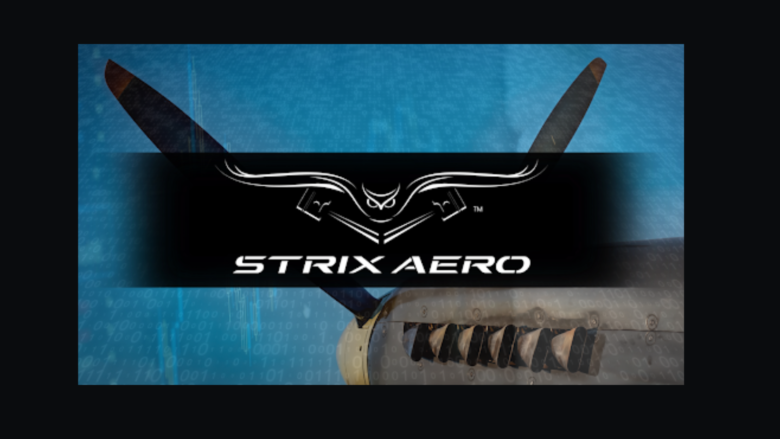What the USA Did With All Its Aircraft After the War
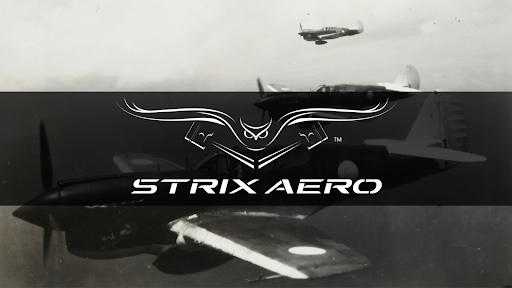
From fighter planes to cargo carriers, aircraft played a significant supporting role in the war effort during World War 2. And yet, when peace was affirmed and the world’s focus turned to rebuilding, what was the United States to do with the multitude of aircraft produced for combat? Sure, the military would retain a good number of aircraft for standard peacetime operations, but nowhere near the volume of planes that had been built were needed. So, what to do with that excess?
Parking and storing all the aircraft leftover from the war was simply not feasible from a cost standpoint. Some planes were sold to allies, others were repurposed for commercial/civilian use, but a large number were either scrapped, destroyed or otherwise disposed of. While the thought of the latter is enough to sting the heart of any WWII curator, there was no denying that these machines built to wage war no longer had a natural place or purpose with the war over. The hard truth of it was that the planes were often worth more in their raw materials than they were assembled, so boneyards and smelting furnaces became the final resting place for many. But, not all.
WW2 Planes in Civilian Life After the War
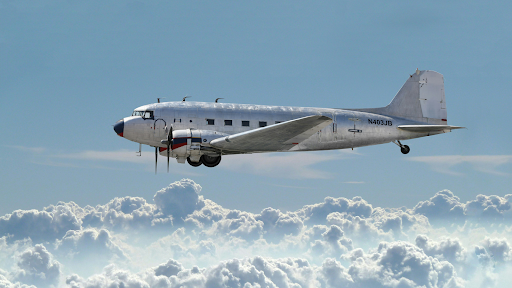
Some WWII Aircraft were able to make the transition with grace. Planes that easily assimilated to post-war life were cargo planes. Their utility extended beyond the confines of delivering supplies to support an army; they could now support an economy. From continued use in the military to use by airlines returning to the skies with commerce and transport, cargo planes like the Douglas C-47 and C-54 had a natural place for years to come. These even returned to the war effort during the Korean War, resuming the task of transporting troops and provisions.
Although many other WW2 aircraft lacked the same level of utility, they still managed to find a place in civilian life. The surplus of WWII airplanes being sold at massive discounts made planes much more accessible to the American public. Training aircraft such as the PT-17, PT-19, and PT-22 were perfectly suited for continued use as flight training tools outside the context of war, and some were even used as agricultural tools (cropdusters). They were relatively easy to fly and built to be robust and reliable—all indispensable attributes to the civilian flier.
The WW2 Airplanes the US Kept After the War
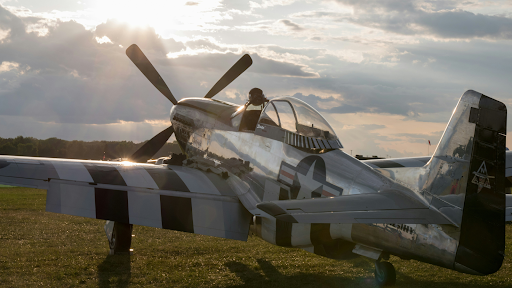
The military did hold onto some of their inventory as well, favoring the B-29 bombers, P-47 Thunderbolts, and P-51 Mustangs. The B-29 bombers had the longest service life of these, though the Mustangs would also serve into the Korean War. While the Mustangs were no longer used as fighters at the advent of jet fighters, they were still used for ground attack missions. The B-29 Bombers still carried out bombing missions, quickly pivoting to nighttime missions in response to the Soviet MiG-15 jet fighter occupying Korean airspace.
On the topic, a significant driving force behind scrapping a large portion of WWII aircraft was the simple fact that they were becoming outdated. Jet engines were growing more and more advanced, with some jet aircraft even making appearances in the later years of WWII (though they were not a significant part of the war effort). Still, by the time of the Korean War, jet fighters like the F-86 Sabre were the Air Force’s means to air superiority.
WW2 Plane Restoration: Revitalizing the Survivors
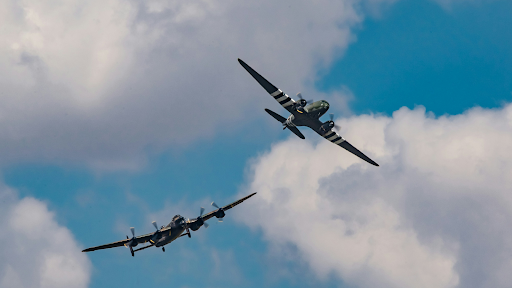
While it’s true that many planes that could not be easily repurposed for post-war life met an unfortunate end being utilized for scrap or otherwise disposed of, there are the treasured few that have made it to the other side and persist to this day, keeping the history alive. After all this time, however, these planes will need some due maintenance and reconditioning before taking to the skies once again. Whether they’ve racked up enough hours to be due for their next overhaul or they’ve gathered their fair share of dust waiting for their next chance at liftoff, proper maintenance of these aircraft is essential to their preservation.
Now, to bring them back to airworthiness, most WWII aircraft will require some type of restoration work or repair, and this isn’t without its challenges. Given the age of these aircraft, virtually no part should go uninspected before takeoff. And, for those parts that do need attention, the availability of replacement parts dwindles as the years go on. With all that in mind, how should someone with a WWII aircraft see about getting it restored so they can take back up the yoke? After all, it’s not as simple as driving into your local auto mechanic. Or is it?
Restoring a WW2 Plane:
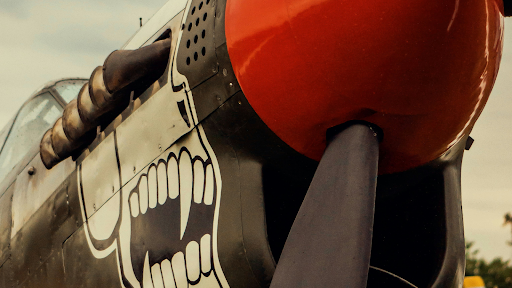
Step 1: Finding a Qualified Professional for Your Plane
The first step you should take when looking to have your WW2 aircraft restored is to find an aircraft mechanic who knows it well. WW2 aircraft engines are quite different from even modern piston engine aircraft, the nuances of which are best trusted with the experts. We at Strix Aero, for example, have proven our prowess in improving the reliability of WWII aircraft engines, whether it be facilitating regular maintenance or a complete engine overhaul. By pooling our knowledge with other experts in the field like Calum Douglas and Dan Whitney (who have authored books on WWII Aircraft), we’re able to offer expertise that readily takes on the challenges of restoring the performance of these aircraft today. Take the issue of parts availability. For those parts that aren’t available anywhere, we’ve implemented our own design and manufacturing process to make them available. We can also source high-quality precision parts to ensure your restoration is properly airworthy. So, no matter who you choose to complete your WW2 plane restoration, you’ll want to ensure they’re verified experts on your plane.
Step 2: Initial Inspection
Once your aircraft is in the hands of a qualified technician, it will have to be assessed and diagnosed to determine its current condition and find what needs to be done to bring it back to its former glory. With modern diagnostics tools and monitoring equipment, small issues can be identified before they become big issues, and that’s essential when it comes to otherwise irreplaceable pieces of history (not to mention your safety).
Step 3: Implement Service & Repairs
After any potential issues have been identified, it’s time to address them. Ensuring skilled hands carry out the restoration is essential, and it will keep you breathing easy when you’re soaring through the air once again. As part of this step, you’ll also have some options on how you choose to implement repairs. For example, you may want to opt for the addition of an engine monitoring system for added monitoring capabilities and safety as you fly your WWII plane. Whether you want a display with real-time engine data available in the cockpit or you want to keep your plane looking true to the day it was manufactured, either is possible with a modern engine monitoring system. When you’ve confirmed how you’d like to complete the restoration of your aircraft, the components will need to be cleaned, repaired/replaced, and reassembled.
Step 4: Testing
While it’s important to test any repair, it’s imperative to rigorously test the repairs made during the restoration of your WWII aircraft to ensure it meets safety standards. This is where modern diagnostics and monitoring equipment is again essential, allowing trained professionals to get a pulse on your aircraft’s vitals after the restoration efforts and before it becomes your lifeline in the sky. In this step, everything will be polished to perfection to ensure your next flight and those to come are as safe as they are memorable.
Who to Consult With Your WW2 Aircraft
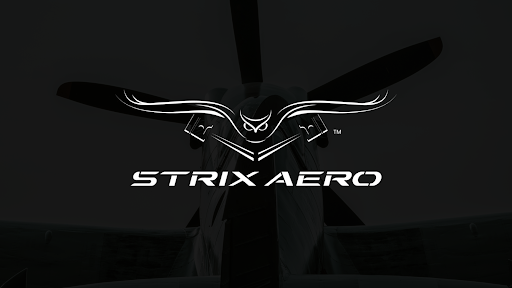
If you own a WWII aircraft of your own, you’re likely keen on preserving it and the history that it brings. That’s exactly what we at Strix Aero strive to facilitate for our clients and their aircraft. We offer preservation through modern technology, keeping your WWII aircraft true to its time through the precision lens made available by modern tooling. We specialize in engine services, specifically for the Allison V-1710 found in many warbirds. If your bird needs more than an engine overhaul, we recommend our friends at AirCorps Aviation and their warbird restoration services. But, if your needs are between standard service to carburetor overhauls and complete engine overhauls, we at Strix Aero have made a name for ourselves by marrying the power of modern diagnostics with the expertise of our team to yield the best possible result for your WWII aircraft engine restoration. Whether you’re interested in what we have to offer or you’d just like to start with a chat, get in touch with us today.

